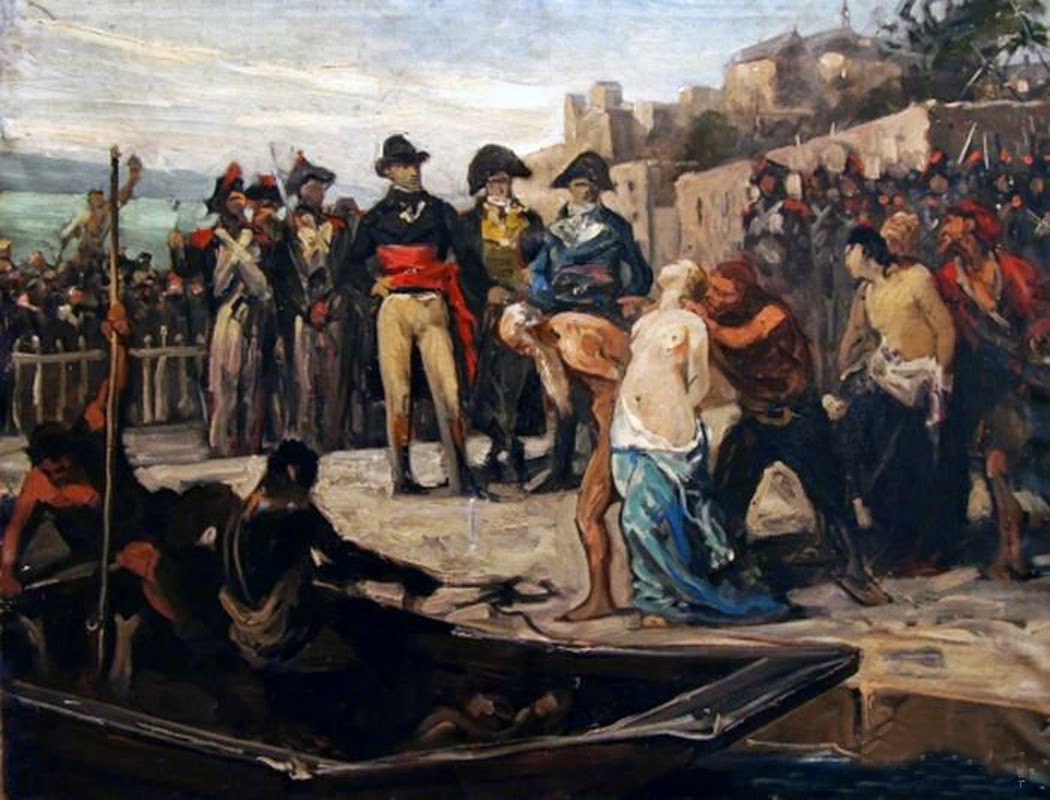In 1789 France was facing a financial crisis. The large amounts of money spent on the French court, and the wars it had engaged in in the 18th century had led to half of the French government’s income being spent to pay the interest on their debts. Due to this crisis, in 1789 Louis XVI called the Estates-General, which had not been called since 1614. The Estates were comprised of three groups, the clergy of the first estate, aristocracy of the second, and ordinary people in the third, and each group had one vote. This meant that, although the general population of France was comprised of twenty-seven million people, they were usually outvoted by the first two estates. When the Estates-General assemble the third estate demanded twice as many representatives and two votes. They only got twice as many representatives. The third estate decided to break off and form what they called The National Assembly. They met at an indoor tennis court and swore that they would not leave until they had a constitution. This was all not part of the law which was what made this revolutionary. This lead to the storming of the Bastille, in which supposedly, political prisoners were held. In reality, there were a handful of criminals that were set free by this but it was all just part of the wheel of revolution. The movement that started by the third estate breaking away would eventually lead to the monarchy being abolished and the king executed, as well as the Reign of Terror.

The Reign of Terror lasted from 1793 to 1794. It began with the Committee of Public Safety declaring they would eradicate any, “Counter revolutionaries.” What a counter-revolutionary was no one deemed necessary to explain. Therefore much bloodshed ensued. Anyone with religious ties was in danger. Priests, monks, nuns, and even if you were found just making a Rosary could be deemed a fanatic and executed. People who had been in favor of the French Revolution, and were only against the dramatic and bloody turn it was taking, could be executed. The victims of the Reign of Terror were usually political prisoners, with only one-third being the clergy or aristocracy. One exceptionally brutal example of the Reign of Terror were the drownings at Nante. There barges and boats were designed with holes that were then boarded up. The boats would then be loaded with prisoners and taken to the middle of the river where the seals would be taken away. The boats would then fill with water and the people all drown, as they were usually tied together or to the boat. The victims were chosen from the overcrowded prisons in Nante and these drownings were sometimes called, “Republican baptisms.” Overall the numbers of how many people were killed in these drownings range from the one-thousands to the four-thousands, with hundreds being killed on a single voyage.